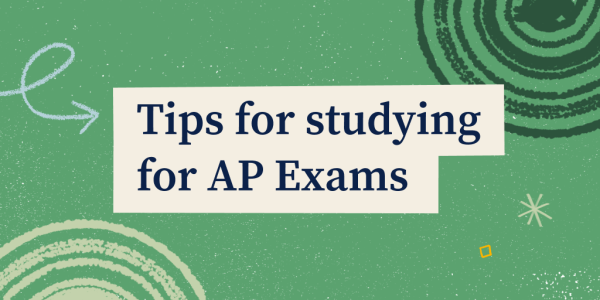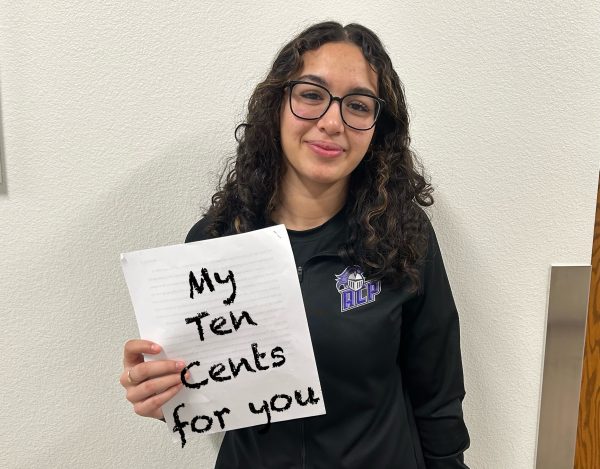How to Study for The PSAT
With only a few days to spare until fall break, students and teachers are in a frenzy to get last-minute projects and tests turned in before the first quarter (finally) ends. While break (only one more day!) will be a nice and long time to relax and not worry about tests or quizzes, the second day back from break will, in fac,t be the day ACP administers the PSAT to all underclassmen and juniors.
The Preliminary SAT or National Merit Scholarship Qualifying Test, is a sort of “practice test” to allow students to get their bearings and prepare for the grueling SAT. The PSAT will help freshman and sophomores in figuring out how to plan for success when taking the PSAT and SAT in their junior years, when they can qualify for the National Merit Scholarship.
 For juniors like myself, the PSAT can determine whether we can qualify for the National Merit Scholarship or not. Becoming a National Merit Scholar is a significant accomplishment, but to be eligible for the scholarship, you must prepare in advance.
For juniors like myself, the PSAT can determine whether we can qualify for the National Merit Scholarship or not. Becoming a National Merit Scholar is a significant accomplishment, but to be eligible for the scholarship, you must prepare in advance.
Studying for any test can be a problem for anybody. Studying for a test like the PSAT can be even more stressful. However, don’t worry! I’ve outlined several great tips below for how to study for the PSAT!
Time Management
Managing your time is a huge aspect of preparing for any test or quiz. You have the entirety of fall break (about two weeks and one day) to study for the PSAT. School starts on October 15th and the PSAT will be on the 16th, the following Wednesday. If you can easily put aside two or three hours a day to review and practice, it well help a lot. Don’t forget to take breaks and have a little time to yourself to hang out with friends or family! Try reviewing with friends too! It can be a lot of fun and you’ll learn!
Learn the Format
Knowing how the PSAT is formatted will help you during the actual test. You will know what to expect and won’t get overwhelmed. The two hours and 45 minutes given to complete the test are divided into four sections: reading, writing and language, math (no calculator) and math (with calculator). You get 60 minutes for the reading, 35 for writing and language, 25 for no calculator math, and 45 minutes for calculator math. Prepare for a long testing session!

Practice Tests & PSAT/SAT Review Books
Practice tests are super helpful and easy to find. It might be harder to find practice PSAT questions, but practice SAT questions are very easy to locate. The SAT is harder than the PSAT, with the PSAT being considered as having “easy SAT questions”. If you can review and study from the SAT questions, the PSAT will be less difficult than the SAT practice tests. Review books also have problems to try out, and will give useful tips on taking the test. The practice tests are pretty similar to the PSAT, so mastering the concepts on them should give you a head start!
Set a Goal
Setting goals is an immense help for anything. In my personal experiences, setting goals for myself has pushed me to work harder so that I can achieve them. If you aim to reach a certain level for the PSAT, there’s a good chance of you accomplishing it! Say you want to score a 1450 to be eligible to qualify for the National Merit Scholarship. You’ll have to study hard and prepare rigorously to get close to achieving your goal. All that preparation can help you score a 1450.
Embrace Positivity!
Be positive! Don’t think of the worst-case scenarios. Even if you don’t do as well as you’d like, tests aren’t everything. Your mental and physical heath are more important, and everything will turn out fine in the end!
Hopefully these few study tips will help you prepare and review for the PSAT. Don’t forget that the test will be administered on Wednesday, October 16th. Afterwards, a comedian and hypnotist will be visiting the campus to give us a little treat. Good luck!













